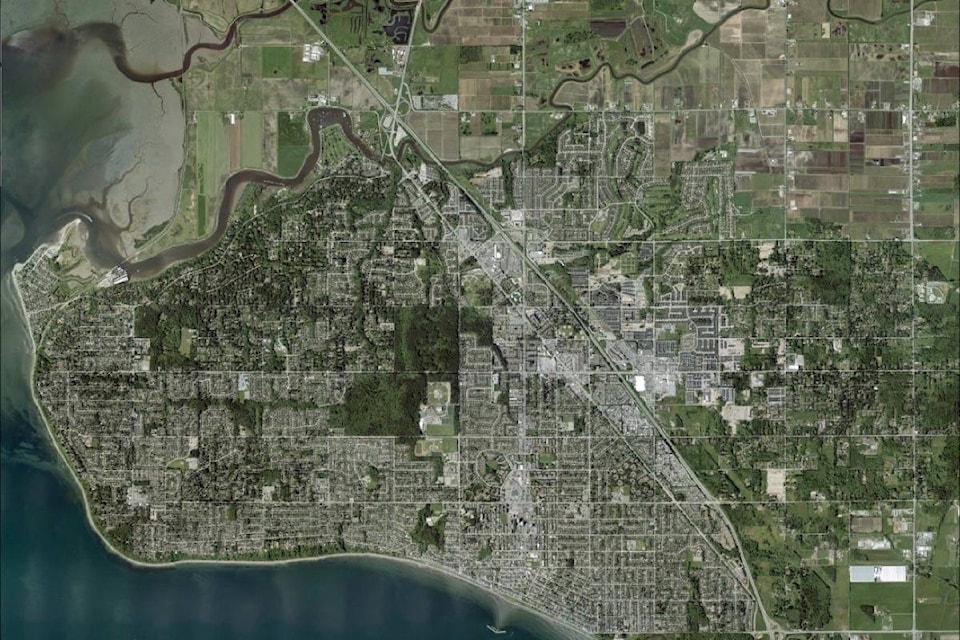There are two clearcut messages being sent to city halls in Surrey and White Rock that will likely resonate in the lead-up to this year’s civic election.
One, that there is far too much housing development.
And two, that there is a great need for affordable homes.
That these two somewhat-conflicting viewpoints are at times expressed by the same concerned citizens does nothing to simplify directives being heard by civic leaders. No doubt, the politicians themselves are personally sympathetic to both arguments, though their public actions have done little to be effective on either front.
The first message – about too much development – is often accompanied by the desire to retain trees, both for esthetics and, more importantly, for our health and the well-being of the environment.
Indeed, satellite images innovatively posted online by the City of Surrey shows a timeline that graphically indicates where vast pockets of natural landscape have been replaced by development over the decades.
Using this technology, no doubt, you’ll be able to see your own neighbourhood – even your current home and, perhaps, what came before it. So much so that if you argue against any particular prospective development, proponents would be able to question cheekily whether your home should have been built way back when.
The second message – about a lack of affordable housing – is equally heartfelt, in that the rising cost of ownership and subsequent rent these past two years is attracting only the wealthy and, anecdotally, driving generations of existing residents from their hometowns.
That few of the many aforementioned homes under development would be classified as “affordable” is perhaps the only point where these arguments don’t conflict. However, it is clear that any creation of new housing – affordable or otherwise – will result in a changing landscape.
Now, as voters prepare to head for the polls Oct. 20, both incumbents and hopefuls who put their names forth should prepare to bring with them solutions, not just intent to do better.
After all, simply pointing out difficult problems may well be the role of critics and, admittedly, opinion writers. Identifying and implementing tangible solutions is the politicians’ raison d’être.

